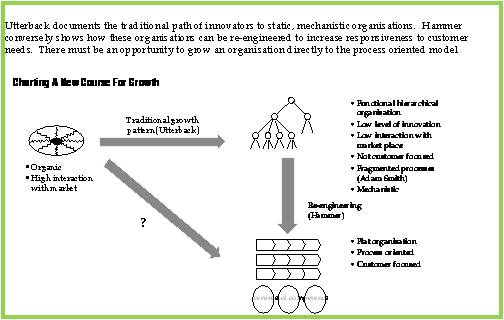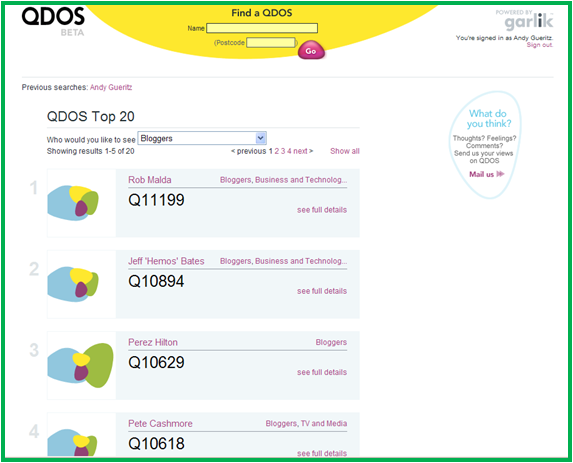Before the New Year gets too old, I thought in an atypical moment of whimsy that I would just briefly mark the transition into another year by putting forward nominations for a select few things that annoyed, amused or excited me in 2005.
Oscar Wilde award for Technology as Art – Beautiful but Useless
Mobile technology is a fertile area for lovely looking “boys toys” and gadgets that never work quite as you hoped when you get them out of the box…
Runner-up: The Filofax Digital Organiser with Nokia SU-1B Digital Pen – Beautiful leather, high quality paper, and a snazzy looking pen, but it fills your Outlook calendar with meaningless scribble and unreadable appointments due to poor handwriting recognition
Winner: The i-Tech Virtual Keyboard , for the second year running. Now it uses Bluetooth and needs no cables, just a perfectly flat table to work on and an RSI-inducing typing posture. Maybe third-time lucky.
George Orwell award for Techno-Paranoia
According to recent estimates, the UK has over 4m surveillance cameras, reportedly as many as the rest of the EU put together, and accounting for 1/5th in the world. Although there was some solace in the recently announced curtailment of speed camera installation, we seem to be the most observed nation in the world – Truman Show UK…
Runner-up: The Intelligent Road Stud Camera with its mate, the Intelligent Road Stud Sensor, which replace “cats-eyes” in the road with active systems that record speed, number-plates, weather conditions and such like, communicating with roadside boxes by GPRS mobile telephony.
Winner: The Government, which revealed “Bigger Brother” plans to develop a national “vehicle movement database” capable of processing over 35m identifications daily eventually storing information on 100m vehicles for up to two years. This is linked with the rollout of new Automated Number Plate Recognition (ANPR) cameras – every 400 yards on the motorways, if our most senior traffic police man gets his way!
Flat Earth award for `spin' over substance
There are so many candidates on their well-intentioned, misguided path to Hades that it is hard to choose. Fortunately, most of them come from outside the sphere of technology-based businesses.
Runner-up: “Deferred success” which achieved eponymous deferment
Winner: The inter-departmental Government spat over the funding of the UK `Respect Coordinator' – “Never mind the evidence, get a sense of conviction”, to paraphrase what senior ministers were told (allegedly)
If attempts, like these, to bring about the death of rational thinking, rigorous analysis and plain commonsense get you going, then two excellent books tried to resist the wave of irrationality: “How Mumbo-jumbo Conquered the World: A Short History of Modern Delusions” by Francis Wheen, and “Bad Thoughts: A Guide to Clear Thinking”, by Jamie Whyte
Best Newcomer
In the area of interesting technology developments is `e-paper' which showed its head in 2005. E-paper can be used to make flexible, foldable electronic display screens. It could significantly change the format and shape of computers, maybe to trouser-pocket sized, disposable full-colour moving-picture advertisements – the Kleenex Komputer…
Runner-up: The Seiko e-Paper Watch which looks like something out of Star Trek and will probably give you eye-strain reading the numbers
Winner: The Readius , a “concept car” from Philips in the form of an e-reader with a 5 inch roll-up display.
Time is too short to continue and nominate candidates for, say, the Nuremberg Award for nonsensical adherence to daft rules, the Watson-Hartree Award for getting the “numbers” wrong or the Mary Poppins award for magical revenue models and incredible business plans.
If you have any nominations for your own irrititants and stimulants, then do add a comment



